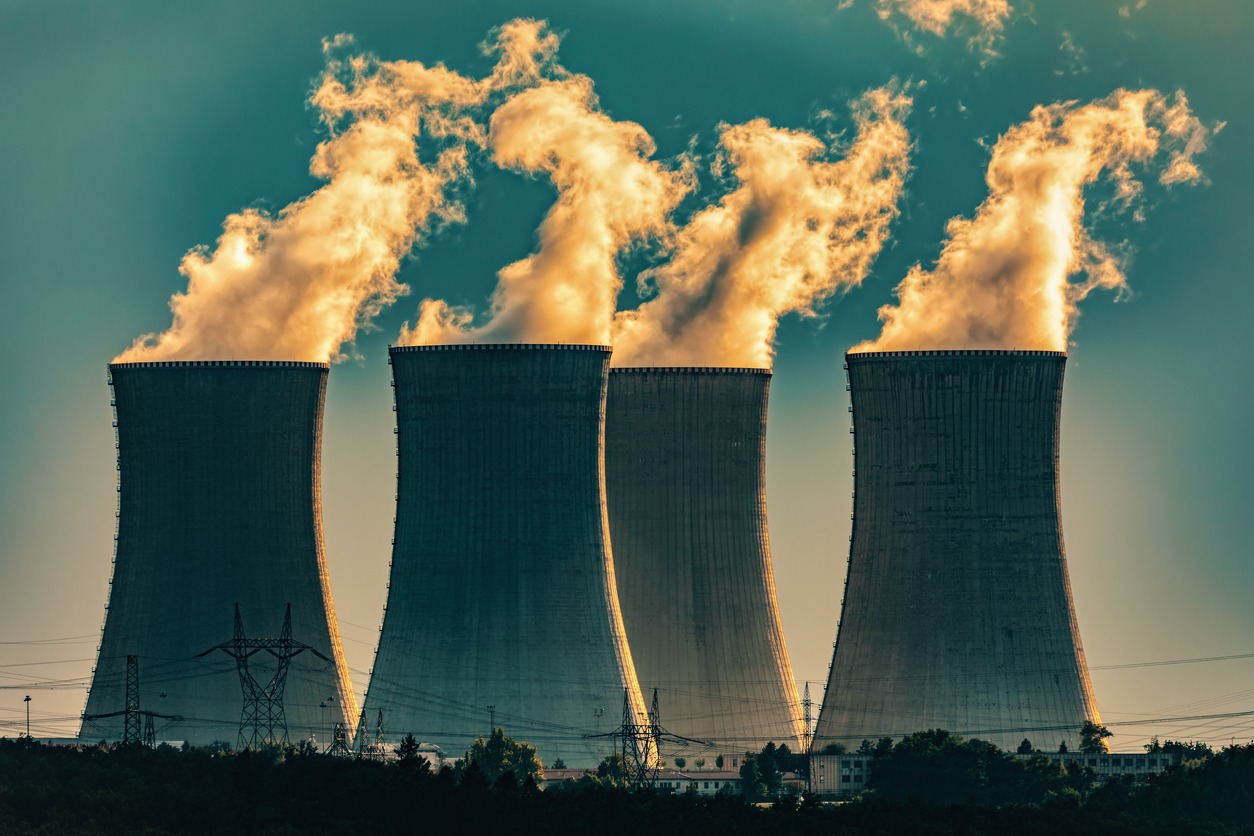By Zonash Amanullah (Pakistan)
The journey of women’s rights has seen a significant
transformation from the 20th century to the 21st century, marked by monumental changes, substantial
improvements, and continuous demands for further
progress. The 20th century was a period of awakening and struggle, laying the groundwork for the advancements we witness today. However, despite the progress, the battle for complete gender equality remains an active pursuit in the
21st century.
The 20th century heralded the foundation of the modern women’s rights movement. The early decades were characterised by the suffragette movement, where women across various nations demanded the right to vote. The ratification of the 19th Amendment in the United States in 1920 was a landmark victory that enabled women to participate in the democratic process. This period also saw the rise of feminist movements in Europe and other parts of the world, advocating for expanding women’s roles beyond the confines of domestic life.
Economic and social changes during the 20th century
further propelled women’s rights. World Wars I and II
were turning points, as women entered the workforce in unprecedented numbers to support war efforts, challenging traditional gender roles. Post-war periods witnessed increasing advocacy for equal pay and employment opportunities. The United Nations’ adoption of the Universal Declaration of Human Rights in 1948, asserting equal rights for all human beings, including women, was another significant milestone. The latter half of the century saw the feminist movement evolve, highlighting issues such
as reproductive rights, sexual harassment, and violence against women. The establishment of organizations like the National Organization for Women (NOW) in the U.S. in 1966 underscored the organized effort to transform societal structures.
The 21st century has built upon these foundations,
showcasing remarkable progress while also grappling with enduring challenges. One of the most significant changes is the widespread recognition of women’s rights as human rights, embedded in international legal frameworks and national legislations. The proliferation of female leaders in politics, business, and other sectors exemplifies this progress. Countries worldwide have witnessed women assuming roles historically dominated by men, whether in presidency, parliament, corporate leadership, or scientific
innovation.
Technological advancements and social media have also played a crucial role in amplifying women’s voices. Campaigns like #MeToo, which emerged in 2017, highlight the pervasive issue of sexual harassment and assault, prompting a global reckoning and tangible changes in workplaces and industries. This connectivity has enabled women to unite across borders, share experiences, and advocate for collective change. Education for girls and women has seen significant improvements, with more women than ever accessing higher education and emerging as professionals in various fields previously seen
as male-dominated.
Despite these advances, numerous challenges persist.
Gender wage gaps remain prevalent, and women often
bear the brunt of unpaid care work. In many parts of the world, women still face severe restrictions on their
freedoms and rights, from limited educational
opportunities to restrictions on their dress and behavior.
Issues such as female genital mutilation, child marriage, and lack of reproductive rights continue to impede the progress of women in different regions. Furthermore, political representation remains uneven, with women still underrepresented in many national parliaments and local governments. The future of women’s rights necessitates a multifaceted
approach to bridge these gaps. Legal reforms and
enforcement of existing laws are crucial to protect and
advance women’s rights. Educational programs need to address gender biases from a young age, fostering a
culture of equality and respect. Economic policies should focus on closing the wage gap, ensuring equal
opportunities for career advancement, and supporting
women entrepreneurs.
Moreover, it is essential to promote gender equality in
political representation, encouraging policies that mandate a minimum representation of women in legislative bodies. Addressing violence against women requires robust legal frameworks and the establishment of support systems for survivors. Intersectionality must also be a core consideration, recognizing that women experience oppression differently based on race, class, sexuality, and
other identities.
In conclusion, the comparison between the 20th and 21st centuries reveals considerable progress in women’s rights but also highlights the ongoing struggle for equality. While the achievements thus far are commendable, the future demands relentless efforts to address persistent issues and create a world where every woman can enjoy equal rights and opportunities. This journey of evolution requires the collective endeavor of individuals, communities, and governments to ensure that the progress of the past is built upon and that the vision of true gender equality becomes a reality for all.
Author is a Lawyer, graduated from Liverpool John Moores University, UK. She is from
Sialkot, Pakistan and writes about social, legal affairs especially about women empowerment.






This Post Has 2 Comments
It’s like you’re reading my thoughts! You seem so knowledgeable about this topic, almost like you’ve written the book on it. A few more visuals might enhance it even more. I’ll certainly be back!
Your blog has become my go-to source for inspiration and motivation Thank you for consistently delivering high-quality content